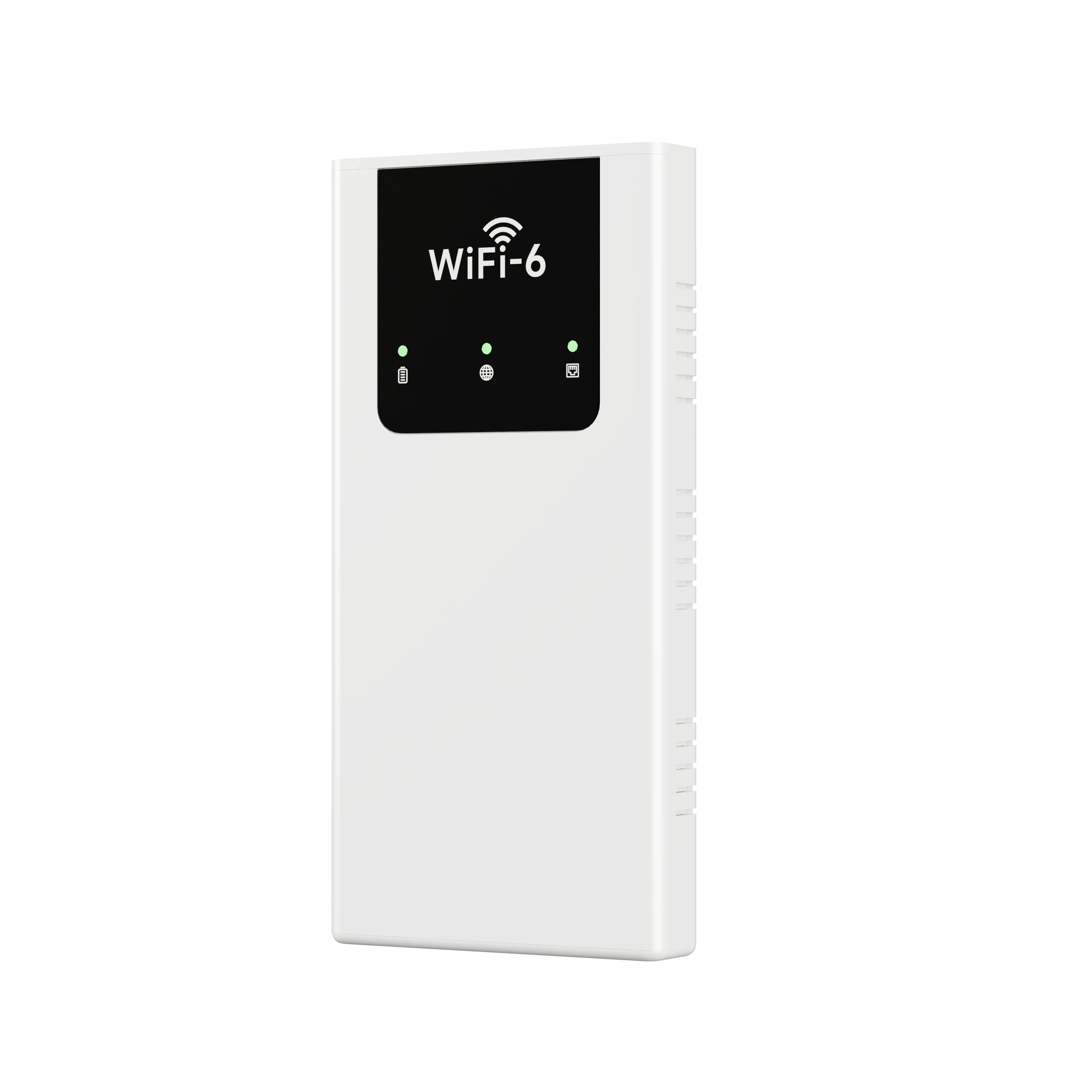The Role of Borax in Soldering: Enhancing Joint Integrity and Performance
Soldering is a fundamental process in electronics and metalworking, where two or more components are joined together using a filler metal. While many may be familiar with the basic principles of soldering, the role of flux materials, particularly borax, is often overlooked. This article delves into what borax does when soldering, exploring its chemical properties, applications, and the advantages it brings to the soldering process.
Understanding Borax: A Multifaceted Flux
Borax, chemically known as sodium borate, is a naturally occurring mineral that has been utilized for centuries in various applications, including glassmaking, ceramics, and metallurgy. In the context of soldering, borax serves as a flux, a substance that facilitates the melting and flow of solder while preventing oxidation of the metals being joined.
- Oxidation Prevention
One of the primary functions of borax in soldering is its ability to prevent oxidation. When metals are heated, they can react with oxygen in the air, forming oxides that hinder the adhesion of solder. Borax creates a protective barrier by forming a glassy layer over the metal surfaces, which not only shields them from oxygen but also helps to dissolve any existing oxides. This ensures a clean surface for solder to adhere to, resulting in stronger and more reliable joints.
- Lowering Melting Point
Borax has a unique property of lowering the melting point of solder. This is particularly beneficial when working with metals that require lower temperatures to avoid damage or distortion. By incorporating borax into the soldering process, craftsmen can achieve effective bonding without compromising the integrity of the components involved. This characteristic is especially useful in delicate applications, such as jewelry making or electronics, where precision is paramount.
- Improving Fluidity of Solder
The fluidity of solder is crucial for achieving good joint penetration and coverage. Borax enhances the fluidity of solder by reducing its viscosity. This allows the molten solder to flow more freely into the joint, filling gaps and ensuring a more uniform distribution. Improved fluidity not only aids in the formation of strong joints but also minimizes the risk of cold solder joints, which can lead to electrical failures in electronic applications.
Practical Applications of Borax in Soldering
Borax is commonly used in various soldering applications, including:
- Electronics: In electronic soldering, borax is often used in conjunction with lead-free solders to ensure optimal joint quality. Its oxidation-preventing properties are particularly valuable in sensitive electronic components where reliability is critical.
- Metalworking: In metal fabrication, borax is employed in brazing and welding processes. It helps to clean the surfaces of metals and facilitates the flow of filler materials, resulting in stronger and more durable joints.
- Jewelry Making: Jewelers frequently use borax as a flux when soldering precious metals. Its ability to lower the melting point and improve fluidity is essential for creating intricate designs without damaging the materials.
Best Practices for Using Borax in Soldering
To maximize the benefits of borax in soldering, consider the following best practices:
- Proper Application: Apply borax evenly to the surfaces to be joined before heating. This ensures that the flux can effectively cover the area and prevent oxidation.
- Heat Control: Maintain appropriate heat levels to avoid overheating the borax, which can lead to the formation of a brittle joint. A controlled heating approach allows for optimal melting and flow of both the solder and the borax.
- Post-Soldering Cleanup: After soldering, it is essential to clean any residual borax from the joint. While borax is effective during the soldering process, leftover flux can lead to corrosion over time if not properly removed.
Conclusion
In conclusion, borax plays a vital role in the soldering process by preventing oxidation, lowering the melting point, and improving the fluidity of solder. Its unique properties make it an invaluable tool for professionals in electronics, metalworking, and jewelry making. By understanding and effectively utilizing borax, craftsmen can enhance the integrity and performance of their soldered joints, ensuring long-lasting and reliable results. As with any material, proper application and post-soldering care are essential to fully harness the benefits that borax offers in the world of soldering.
